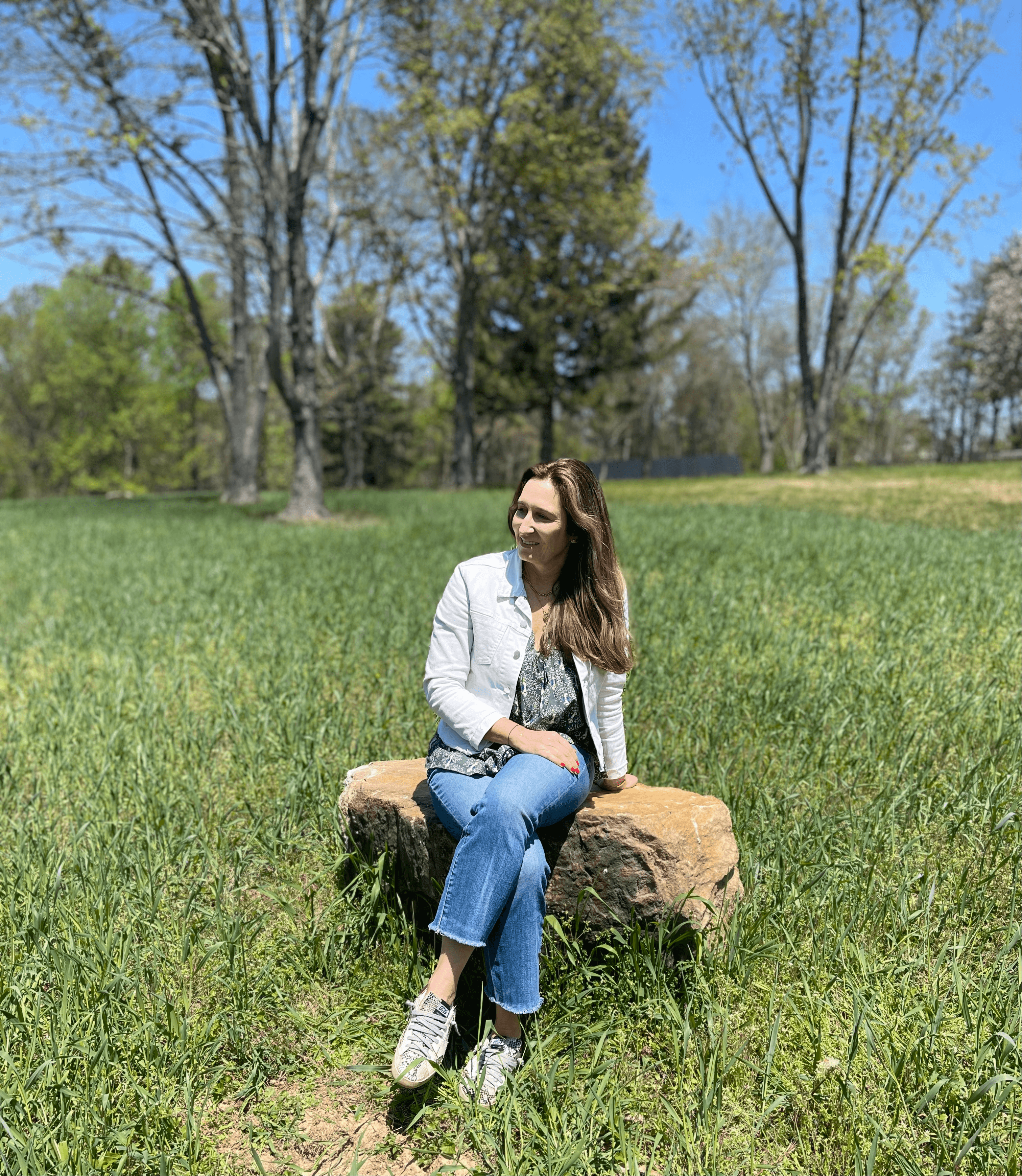As holistic health practitioners, we believe that balance is the secret to whole-being wellness. While our bodies inherently strive to achieve balance, the stressors of modern life can interfere with what comes naturally–sending the mind, body and spirit into a state of distress. Our approach to wellness is based on our training in Classical Five Element Acupuncture (Wu Xing). Using this ancient healing practice, we gently encourage the body back into balance, allowing it to take over and do the work of healing on its own.
What is Classical Five Element Acupuncture?

While Five Element Acupuncture is part of traditional Chinese medicine (TCM), it has some notable differences from modern TCM. Deeply rooted in ancient wisdom and practiced for centuries, this style of acupuncture is individualized to the unique needs of every person. Like many time-honored healing modalities, its philosophies arose from what practitioners observed in nature. At its heart is the belief that everything originates from the five elements: wood, fire, earth, metal and water.
How do the elements work within us?
The elements work synergistically to support one another; when one gets out of balance, they all get out of balance. When the elements are functioning in balance within us, energy moves smoothly and we feel well– physically, mentally, and spiritually.
Everyone has a predisposition to favor one of the elements. Your dominant element is both your strength and also where you may wobble off balance. For example, if you tend to live mostly in the earth element, physically you could show up out of balance with excess weight and acne. Mentally and spiritually, you may worry constantly and give more to others than you care for yourself. In balance, you have proper boundaries, you prioritize self-care, your body and skin are healthy and radiant, and the other elements that govern aspects of your body, mind, and spirit find balance.
How do the elements relate to one another?
The five elements relate to one another in two different cycles. The Generation Cycle, or Sheng Cycle, shows how each element nourishes the next. This relationship is known as the mother-child relationship. Like putting on your own oxygen mask before assisting your child, Sheng Cycle teachings show us that we must nourish the mother element in order for the child element to recover from a state of depletion. It’s like the old saying goes: you can’t pour from an empty cup!

The Controlling Cycle, or Ke Cycle, shows how each element controls the behavior of another. Also referred to as the grandmother-grandchild relationship, each element needs to be restrained by another so that it doesn’t reach a state of excess. This type of relationship is readily found in nature: think about how the banks of a river (earth) control the flow of water or how water extinguishes fire.

What is Yin and Yang?

The iconic black and white image of Yin and Yang represents the philosophy that everything in the universe exists in balance as complementary, but opposite, elements. Think of lightness and dark, hot and cold, motion and rest. They are constantly striving to achieve balance: together they create wholeness. The interaction between Yin and Yang plays an important role in Chinese medicine–how they work together tells us how and where imbalances can occur within us. There are four key ways that Yin and Yang work together:
- They are in opposition to each other but their relationship is relative to one another.
- They are interdependent, they cannot exist without each other
- They are mutually consumptive, if one is out of balance, the other is affected.
- They are inter-transformative, they have a dynamic relationship and one can turn into the other just like day transforms into night.
The concept of Yin and Yang can be seen in all we do as practitioners from how we diagnose imbalance to how we treat it. We use this concept in TOMA’s formulations as well–energetically balancing our formulas to create whole, stabilizing formulas that focus on the underlying health and balance of the skin.
How do these teachings inform our skincare?
Elemental imbalances often show up as varying states of skin stress. However skin stress manifests for you–dryness, irritation, breakouts or uneven tone–our formulations bring your skin back to radiant balance. The key is botanical ingredients that are adaptogenic in nature, meaning they adapt to your skin’s needs to restore balance. That’s what we mean when we call our formulations bioadaptive: they can shift their effects based on what your unique skin requires.


